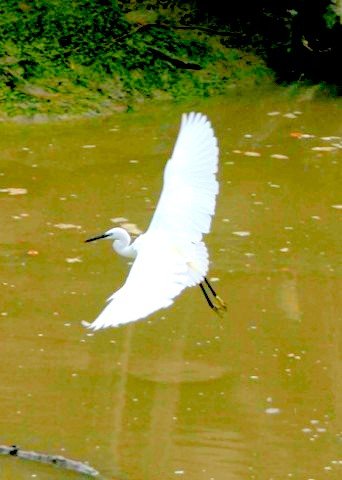Birds remain the big attraction, although mammals and reptiles like silvered leaf monkeys, long-tailed macaques, squirrels, smooth otters and monitor lizards are regularly observed. Also recorded are sightings of more elusive mammals like the leopard cat, common palm civet and scaly anteater.
It is home to one of the most important wetland sanctuaries and also the unique phenomenon of synchronous flashings of fireflies.
Kuala Selangor Nature Park
Jalan Klinik
45000 Kuala Selangor
Tel: 03 889 2294

